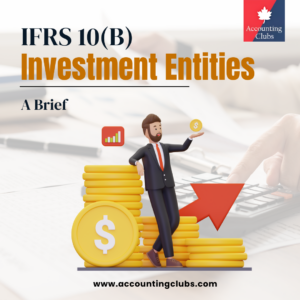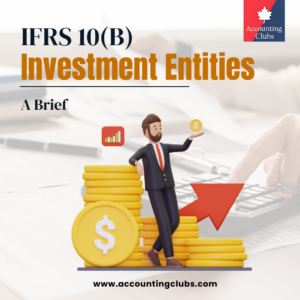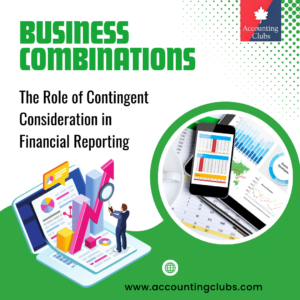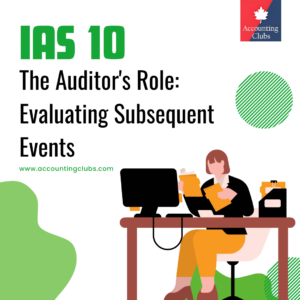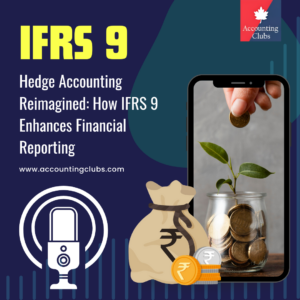Chapter 6: Transfers under common control
Groups might enter into restructuring transactions for a variety of reasons, such as group simplifications or in preparation for an IPO. This might involve moving businesses (underlying trade and assets) or subsidiaries (equity investments) within a group. Transactions where the ultimate parent controls the subsidiary being transferred both before and after the transaction, and control is not transitory, are treated as common control transactions.
Business combinations between entities under common control are excluded from IFRS 3’s scope. The IFRS 3 scope exemption is irrelevant, in an entity’s separate financial statements, where the transaction involves the transfer of an equity investment in a subsidiary from another entity that is under common control. The scope exemption would, however, apply in the entity’s separate financial statements if the underlying trade and assets (that meet the definition of a business) have been transferred to it from an entity under common control.
Transfer of an equity investment within a group
Parent establishes a new entity as its parent
A new entity can be established as the parent of a group. It might select to account for its subsidiary (the original parent) at cost. If the following criteria are satisfied, the new parent measures the cost of its investment in the original parent at the carrying amount of its share of the equity items shown in the separate financial statements of the original parent at the date of the reorganisation:
- the new parent obtains control of the original parent by issuing equity instruments in exchange for existing equity instruments of the original parent;
- the assets and liabilities of the new group and the original group are the same immediately before and after the reorganisation; and
- the owners of the original parent before the reorganisation have the same absolute and relative interests in the net assets of the original group and the new group immediately before and after the reorganisation.
How would the investment be recorded in an original parent that has a net liability position? If the original parent had net liabilities, it would not be appropriate to recognise a credit balance for the new investment, because the investment does not meet the definition of a liability under the Conceptual Framework.
The carrying amount of the investment should, therefore, be recorded at nil, and any difference between the share capital and premium balance (determined in accordance with local company law) should be recognised in equity, since the reorganisation is a transaction with a shareholder.
The investment in the subsidiary should be recorded in the new parent’s separate financial statements at cost, in the regular way, if the ‘new parent’ criteria described are not met.
The ‘new parent’ criteria also apply to the following transactions:
- where any entity (that is not a parent) establishes a new entity as its parent;
- where a new parent does not acquire all of the equity instruments of the original parent; for example, a new parent might issue equity instruments in exchange for the ordinary shares of the parent, but not acquire the preference shares of the original parent; or
- where an intermediate parent is established within a group, as well as a new ultimate parent of the group.
Sale of a subsidiary to a Newco via a share-for-share exchange Entity A transfers its subsidiary B to a 100%-owned Newco subsidiary in a share-for-share exchange. The carrying amount of subsidiary B in entity A’s separate financial statements is C100. The net asset position (equity items) of subsidiary B is C400. The fair value of subsidiary B is C500.
Both the assets and liabilities of the new group, and the absolute and relative rights in the net assets of the new group (Newco and subsidiary B), remain unchanged from the original group (entity A and subsidiary B). The structure before and after the transaction is as follows:
The new intermediate parent is a Newco, and therefore has no assets and liabilities of its own. Entity A’s investment in Newco is measured at the previous carrying amount of the assets given in exchange.
In entity A’s separate financial statements, the entries are as follows:
C C Dr Investment in Newco 100 Cr Investment in subsidiary B 100 In Newco’s separate financial statements, the entries are as follows: Dr Investment in subsidiary B 400 Cr Equity 400 The investment in subsidiary B should be recorded at the net asset position (that is, the carrying amount of its share of the equity items) of subsidiary B of C400, with a corresponding credit to equity of C400.
The value at which the component of equity should be recorded is not mandated by IFRS, but should be determined by reference to local company legislation.
If the requirements in IAS 27 are not met (that is, both the assets and liabilities of the group and the absolute or relative rights in the net assets of the group are changed by the transaction), the investment is recorded at the fair value of the shares issued or of the assets received (that is, at C500).
C C Dr Investment in subsidiary B 500 Cr Equity 500 The value at which the component of equity should be recorded in Newco’s financial statements is not mandated by IFRS.
Group reorganisation where a parent has multiple subsidiaries Parent A has three subsidiaries, B, C and D. Parent A establishes Newco as a new intermediate parent in a share-for-share exchange. The carrying amounts of subsidiaries B, C and D in parent A’s separate financial statements are C100, C200 and C300 respectively.
The net asset positions (equity items) of subsidiaries B, C and D are C400, C500 and C600 respectively. The fair values of subsidiaries B, C and D are C500, C600 and C700 respectively.
Structure before the transaction:
Structure after the transaction:
The group’s accounting policy for investments in subsidiaries is cost. In July 2011, the IFRS IC clarified that paragraphs 13 and 14 of IAS 27 do not apply, either directly or by analogy, to reorganisations of groups that result in the new intermediate parent having more than one direct subsidiary. This is because the guidance is an exception to the normal basis for determining the cost of an investment in a subsidiary.
Therefore, predecessor values cannot be used, since this type of reorganisation would be outside the scope of paragraphs 13 and 14 of IAS 27.
How should Newco account for subsidiaries B, C and D in its separate financial statements?
The investment in the subsidiaries should be recorded at cost. Cost is the fair value of the assets received or the shares issued. Therefore, Newco should recognise its individual investments in subsidiaries B, C and D at either the fair value of investments received or the fair value of the shares issued.
This would require a fair value exercise to be performed on all three subsidiaries, with the purpose of determining their fair value, irrespective of the fact that this is a common control transaction.
Parent A’s investment in Newco is measured at the aggregate of the previous carrying amounts of subsidiaries B, C and D given in exchange.
C C Dr Investment in Newco 600 Cr Investment in B 100 Cr Investment in C 200 Cr Investment in D 300 In Newco’s separate financial statements, the entries are as follows: Dr Investment in B 500 Dr Investment in C 600 Dr Investment in D 700 Cr Equity 1,800

